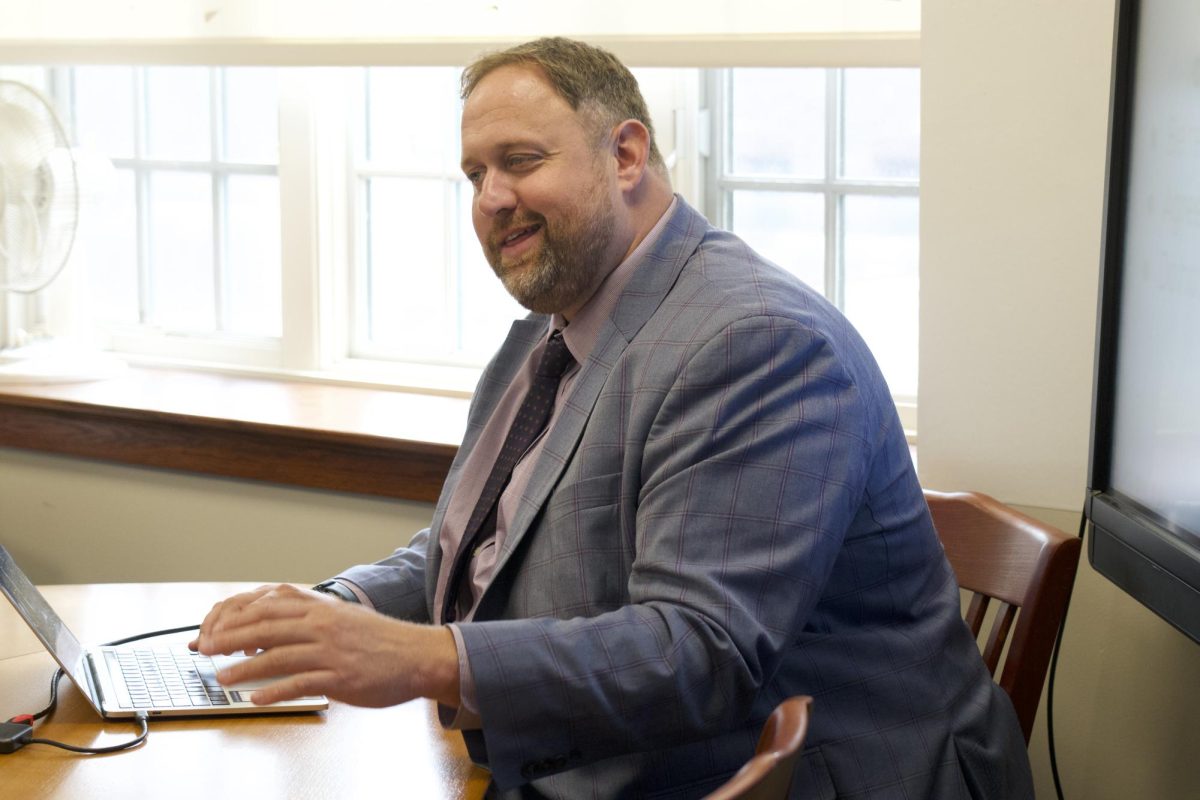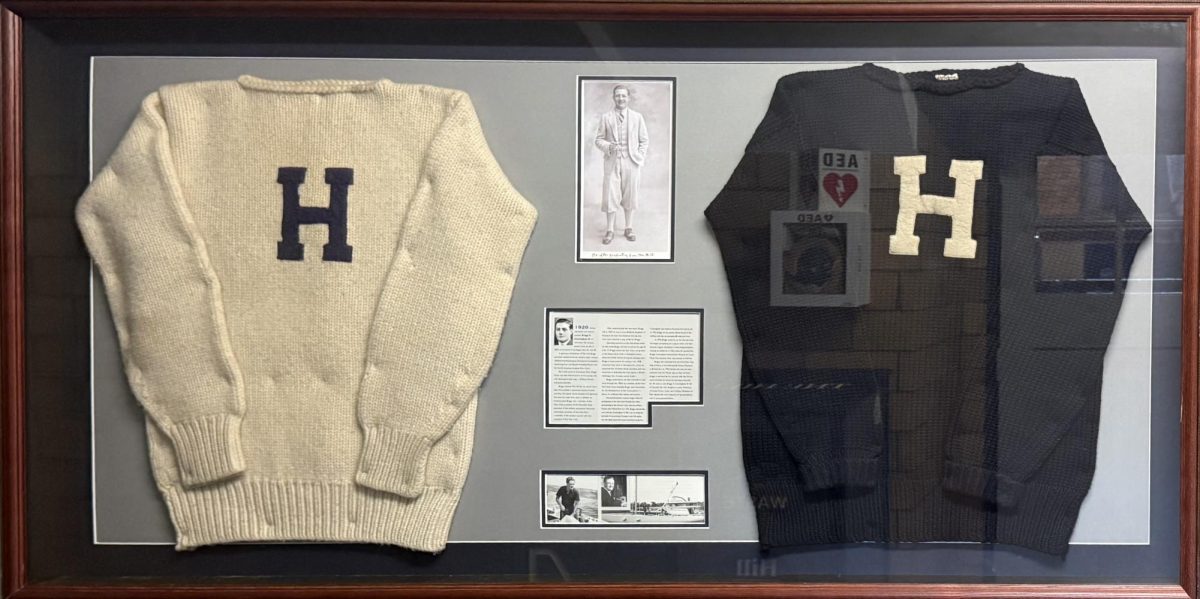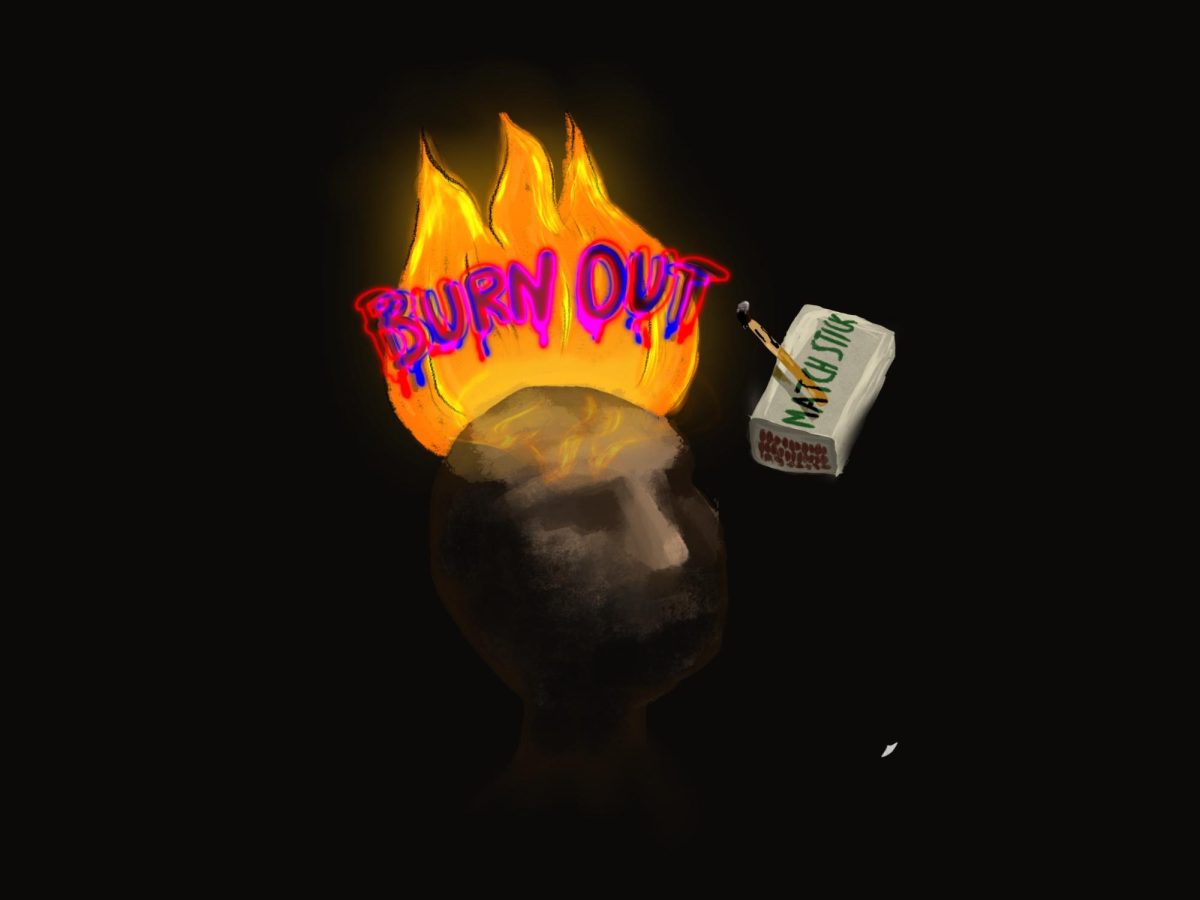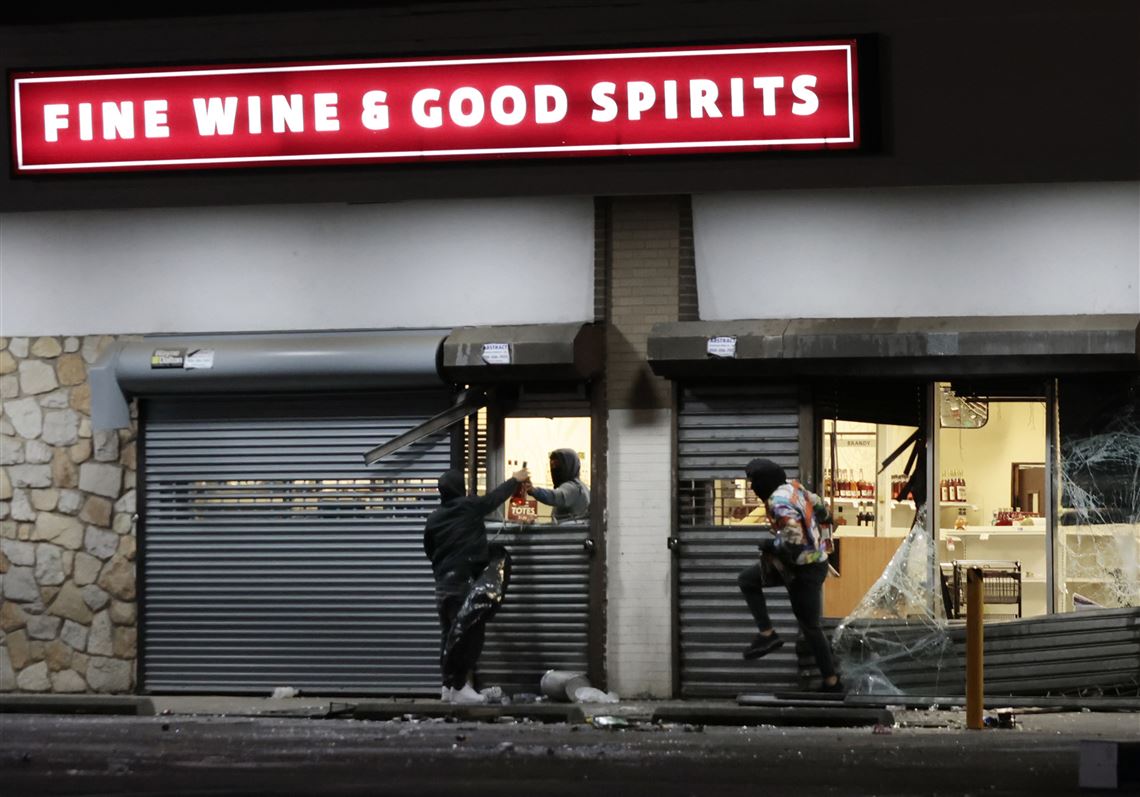A recent rise in retail theft among Pa. stores prompted widespread efforts to help reduce its effects.
The first action against retain theft took place on Oct. 3 when the Pa. Senate passed Bill 596, lowering the value of the stolen goods required for felony charges from $20,000 to $1,200. A week before the enactment, a mob ransacked many stores across Philadelphia, resulting in 52 arrests and closure of 48 storefronts. The rise in retail theft left many wondering about what has been going on with retail theft in the country.
Over the last five years, the economic loss from retail theft spiked by 122%, from $50.6 billion to $112.1 billion. Shoplifting has marked an enormous leap this year in particular. Target reported a 120% surge in retail theft during the first five months of this year and projected the loss would top $1.2 billion. Under the situation, the state of Pennsylvania itself lost $158 million in retail sales tax dollars with increasing shoplifting, according to research from bank holding corporation, Capital One.
The shocking part is not done yet. The Shulman Center reported nearly 10% of Americans shoplift with a certain degree of regularity. Retail theft now accounts for more than 2% of total retail sales, and in 2021, Pennsylvania was ranked as the first state in America in the percentage of retail sales lost top theft with a 2.41% loss rate. The National Retail Federation evaluated shoplifting as the number-one source of shrinkage in the retail industry, accounting for 35.7%.
Then what is behind this social crisis? The first factor in the crisis would be rising prices in America. Last year, America hit an inflation of 8%, a level of inflation unprecedented in the last three decades. Though inflation began to cool in recent months, reportedly 61% of Americans are experiencing financial hardships, a survey from Gallop Poll revealed.
Dean of Students and Carl W. Knobloch ’18 Instructor of Economics Ari Baum described structural issues of the American economy as the reason behind the crisis.
“Free market models usually lead to disproportionate wealth disparity between the rich and poor,” Baum said.
Baum continued by clarifying that “[The] dollar’s purchasing power has been declining for 15 years,” which means the purchasing power of Americans could have declined despite the rising prices.
He explained further that “people steal merchandise because they are expensive, but their behavior will end up raising the price even more,” creating an ironic impact.
While economic context helps people understand the cause, Baum emphasized that “economics is not a substitute for morality,” and financial hardship cannot be the sole justification for crimes.
Instructor of History and Social Sciences Hans Doerr stated that the “number of factors in crimes defies easy explanation,” but he suggested that “sensationalism in mainstream media may have intensified temptation for crimes.”
Regarding potential solutions to the crisis, Baum argued that “government officials attempting to correct vulnerabilities itself would bring symbolic impact.” He however suggested that “The problem can’t be fully fixed if the government focuses on disincentivization with punishment.” He used the example of America’s drug issues in conjunction with this country using more money than all other countries combined to prosecute drug crimes.
Doerr had a similar viewpoint on the potential solutions with Bill 596, commenting “The bill would necessitate disproportionate housing, eventually slowing down the justice system.”
The rise in retail theft is a multifaceted issue, and there is not a clear-cut answer about how to settle the crisis. Around the potential solutions, controversies are present. What this crisis displays is the tendency to devaluate morality and economic hardships in America.
























